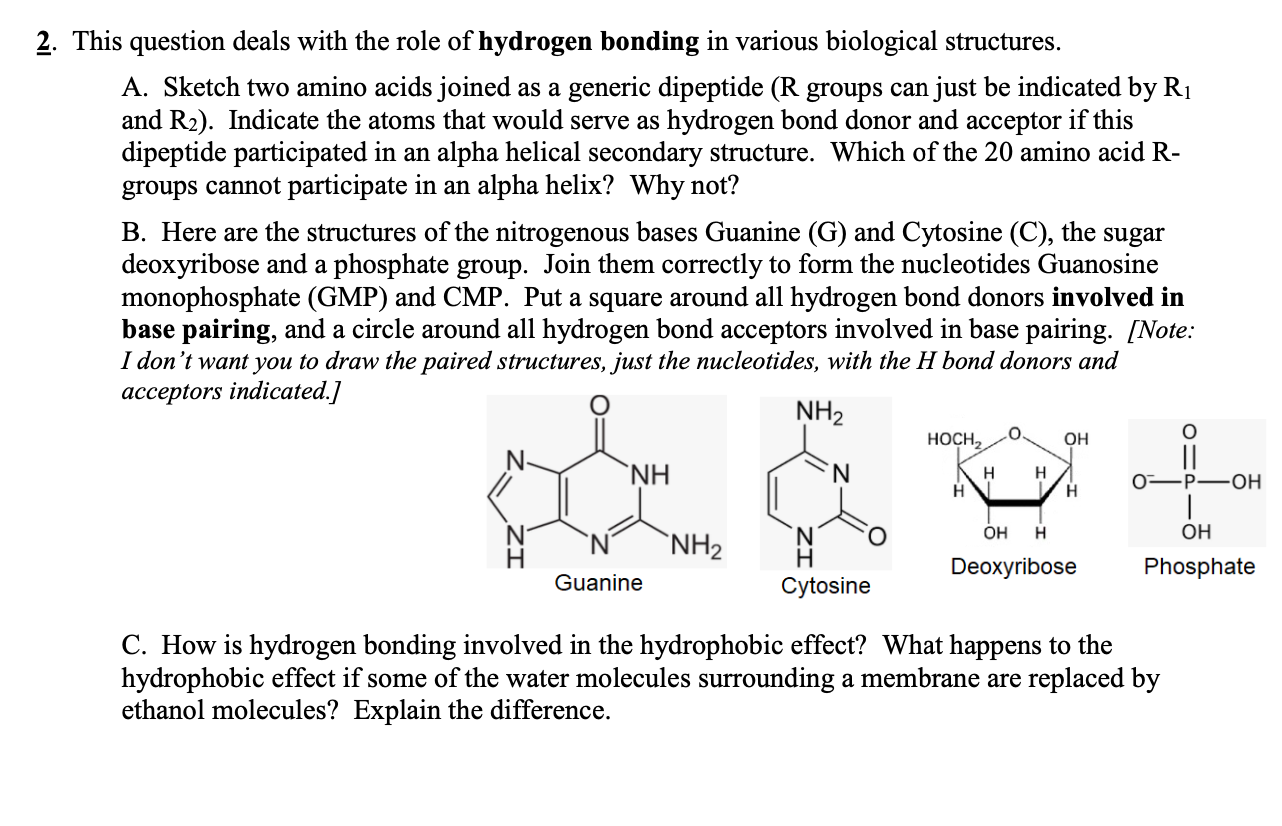

There are many functions of proteins including as receptors on cell membranes and as channels for substances to pass through into the cell.Īll enzymes are proteins that catalyze cellular reactions in the cell. Further bonding and folding results in a tertiary and quaternary protein structure being made.Ī protein is only functional if it is at the tertiary or quaternary level of structure. These are secondary structures that form. The polypeptides do bond further to form either a beta-pleated sheet or an alpha helix. The polypeptide chain that is made is the primary structure of the protein. They are brought together during the translation stage of protein synthesis.ĭuring this time the amino acids bond together covalently and peptide bonds form between them. In the case of a hydrophobic side group, this occurs on the inside of the chain away from water.Īmino acids can be charged and can be polar or nonpolar molecules. Diagram showing the general structure of an amino acid (Muellerb )Īmino acids can have hydrophilic or hydrophobic components. This R group is also called a side chain, and it varies from one acid to another. An amino acid consists of a central carbon atom to which are attached, a carboxyl group, an amino group, and an organic R group. The most basic unit of proteins is the amino acid molecule.


 0 kommentar(er)
0 kommentar(er)
